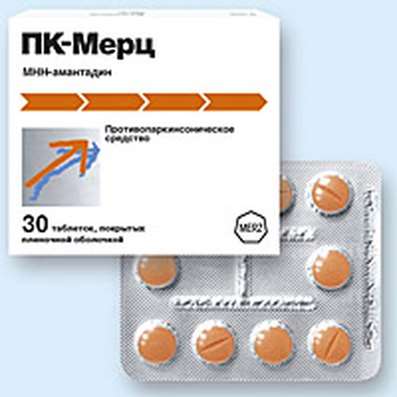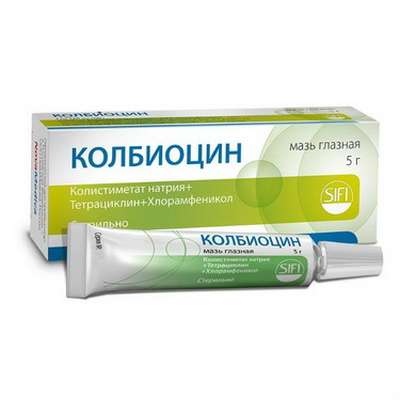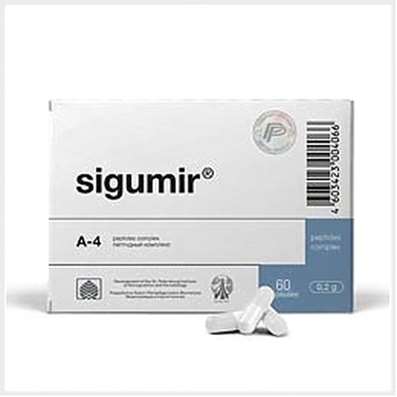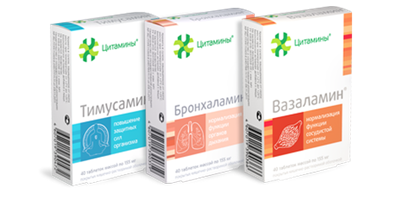Instruction for use: Midodrine (Midodrinum)
I want this, give me price
chemical name 2-Amino-N- [2- (2,5-dimethoxyphenyl) -2-hydroxyethyl] acetamide (and hydrochloride)
Pharmacotherapeutic group:
Hypertensive agents
Alpha-adrenoceptor agonists
The nosological classification (ICD-10)
I95 Hypotension
Hypotension,Age hypotension, arterial Hypertension, Hypotonic disease, hypotonic reaction, postural hypotension, Symptomatic hypotension, Essential hypotension
I95.1 Orthostatic hypotension
Idiopathic orthostatic hypotension, Orthostatic hypotension, orthostatic syndrome, Reactions by type asimpatikotonii
R32 Urinary incontinence unspecified
daytime enuresis, Idiopathic bladder instability, Urinary incontinence
nocturia, The disorder of the bladder sphincter function, Spontaneous urination, Mixed forms of urinary incontinence, Functional disorders of micturition, Functional micturition disorders, Functional enuresis in children, Enuresis
CodeCAS 42794-76-3
Characteristic
A white crystalline powder, odorless. It is soluble in water and slightly in methanol.
Pharmacological Properties of MidodrinePharmachologic effect
vasoconstrictor, hypertensive.
It constitutes an active metabolite, which is an agonist of alpha1-adrenoceptors and interacts with them in the arterioles and venules. It increases vascular tone and blood pressure. Do not have a stimulating effect on alpha-adrenergic receptors of the heart, heart rate, myocardial contractility, does not affect the tone of smooth muscles of the bronchi. It does not cross the blood-brain barrier and acts on the central nervous system. When used in a dose of 10 mg in patients with orthostatic hypotension increases blood pressure by 15-30 mm Hg 1 h after administration; effect can persist for 2-3 hours.
After intake of rapidly absorbed. The absolute bioavailability - 93%, regardless of the meal. The blood is only partially binds with the proteins. Cmax in plasma achieved through 1-2 h, T1 / 2 is 3-4 hours The main route of biotransformation -. Deglitsinatsiya. Desglimidodrin (major metabolite) is produced in many tissues. Final degradation occurs in the liver. Excreted in the urine (via renal secretion) almost completely within 24 hours: in the form of the active metabolite (40%) of the unchanged drug (5%), and active metabolites (55%).
Indications for Midodrine
Orthostatic hypotension, hypotension (including the reception of psychotropic drugs during convalescence after surgery and childbirth), hypotensive reactions with changes in the weather; spontaneous urination as a result of dysfunction of the sphincter of the bladder.
Contraindications for Midodrine
Hypersensitivity, angle-closure glaucoma, hypertension, pheochromocytoma, and spastic obliterating vascular disease, thyrotoxicosis, severe renal impairment, prostatic adenoma with urinary retention, mechanical obstruction of the urinary tract, pregnancy.
Pregnancy and breast-feeding
Category effects on the fetus by FDA - C.
Side effect of Midodrine
Increased blood pressure in the supine position, facial flushing, bradycardia, disturbances of urination (acceleration or retardation), headache, dizziness, insomnia, drowsiness, fatigue, paresthesia, feeling of chill, itching, heartburn, dry mouth, nausea, dyspepsia, flatulence , contraction of the muscles that raise the hair ("goose" the skin), skin rash.
Interaction
The joint appointment with cardiac glycosides is enhanced or accelerated development of bradycardia, AV block and arrhythmias. Adrenomimetiki (pseudoephedrine, ephedrine, phenylpropanolamine) increase, blockers (prazosin, doxazosin) - weakening effect.
Overdose of Midodrine
Symptoms: hypertension, bradycardia, feeling of chill, "goose" the skin, urinary retention.
Treatment: provocation of vomiting, gastric lavage, administration of an alpha-blocker (phentolamine).
Routes of administration
Inside.
Precautions
To use caution in heart failure, arrhythmia, disorders of the liver and kidney function (as a rule, require dose adjustment and mode of administration). In combination therapy with hypnotics and sedatives begin treatment with 2.5 mg and gradually increasing to 5 mg 2-3 times daily. The high renal clearance of the primary metabolite of the drug (associated with the active tubular secretion) should be considered when used in combination with metformin, ranitidine, procainamide, triamterene, guanidine.

 Cart
Cart





